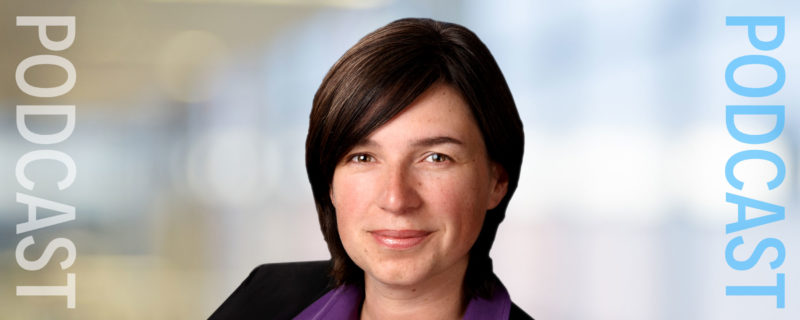
Cell Harvesting – Selecting a technology compatible with cell density and feed turbidity
Podcast: Download (Duration: 11:42 — 16.1MB)
Subscribe: Apple Podcasts | TuneIn | Deezer | RSS | More
Show Notes:
I began the interview by asking Silke to describe current challenges associated with the harvest step in biomanufacturing. She said that a current problem that would be growing in the future is higher titers resulting from a greater number of producing cells. Harvesting technologies must be able to accommodate higher cell counts and the associated increased cell debris and impurities. Another challenge facing harvesting is that most biomanufacturing is conducted using a platform process. Harvest platforms need to work across a range of conditions including monoclonal antibody culture types and manufacturing scales. In any biological process there will be batch to batch variability and harvesting technologies must be able to deal with this variability in the process.
Next, I asked about currently available harvesting options. She said that there is a trend toward single use and since centrifuges are not single use and they are cost and maintenance intensive, the preferred technology is depth filtration. Depth filtration is well known, well established and offers a single use option. Silke described three different technologies to meet a range of cell count and feed turbidity requirements. She explained that Pall has developed the Stax mAx depth filter platform to meet the harvesting requirements of robustness and reproducibility for cell counts up to 35 million cells/ml and feed turbidity up to 3,000 NTU. For very high cell counts (over 35 million cells/ml and high turbidity over 3,000 NTU), Acoustic Wave Separation is a good fit. Lastly cake filtration is also a good choice for higher cell densities (over 35 million cells/ml) and a wide range of turbidities.
We then discussed how companies should make decisions about which harvesting technique is the best fit for their process and which variables they should consider. Silke explained that cell density and feed turbidity are the key cell culture parameters to consider when deciding which harvesting platform to use. Pall has developed a harvesting technology guide to help companies choose the best harvesting technology for their process.
Next, I focused on the Stax mAx platform and how it addresses current challenges. Silke described that Pall developed Stax mAx for use in cell densities of up to 35 million cells per ml and with feed turbidities up to 3,000 NTU. They were able to measure significant improvement against other depth filtration options. Specifically, the reduction in depth filter area was significant. In addition, even with increasing cell counts and natural batch to batch variability, performance was largely unaffected. This means that oversizing to accommodate batch to batch variability is no longer necessary. She also shared that it is an easy to use, single use platform that is scalable from a few milliliters to commercial scale.
I asked her if optimization was needed and she said there is no need to optimize for feed streams. There is the potential to improve performance further if a facility is looking at one mAb cell culture. In this case, there is a basic optimization protocol that can be run.
Last, I asked Silke if there was anything that she wanted to add for listeners and she explained that Pall sees themselves as a development partner and technology supplier. Pall works to reduce and simplify workflows to speed time to market. These harvesting solutions are designed to work in clinical up through commercial processes. They specifically developed the harvesting technology guide to help customers find the right technology from the beginning of their process.
To learn more, download the cell harvesting technology selection guide mentioned in the podcast and use the guide to compare the latest single-use harvesting technologies.
